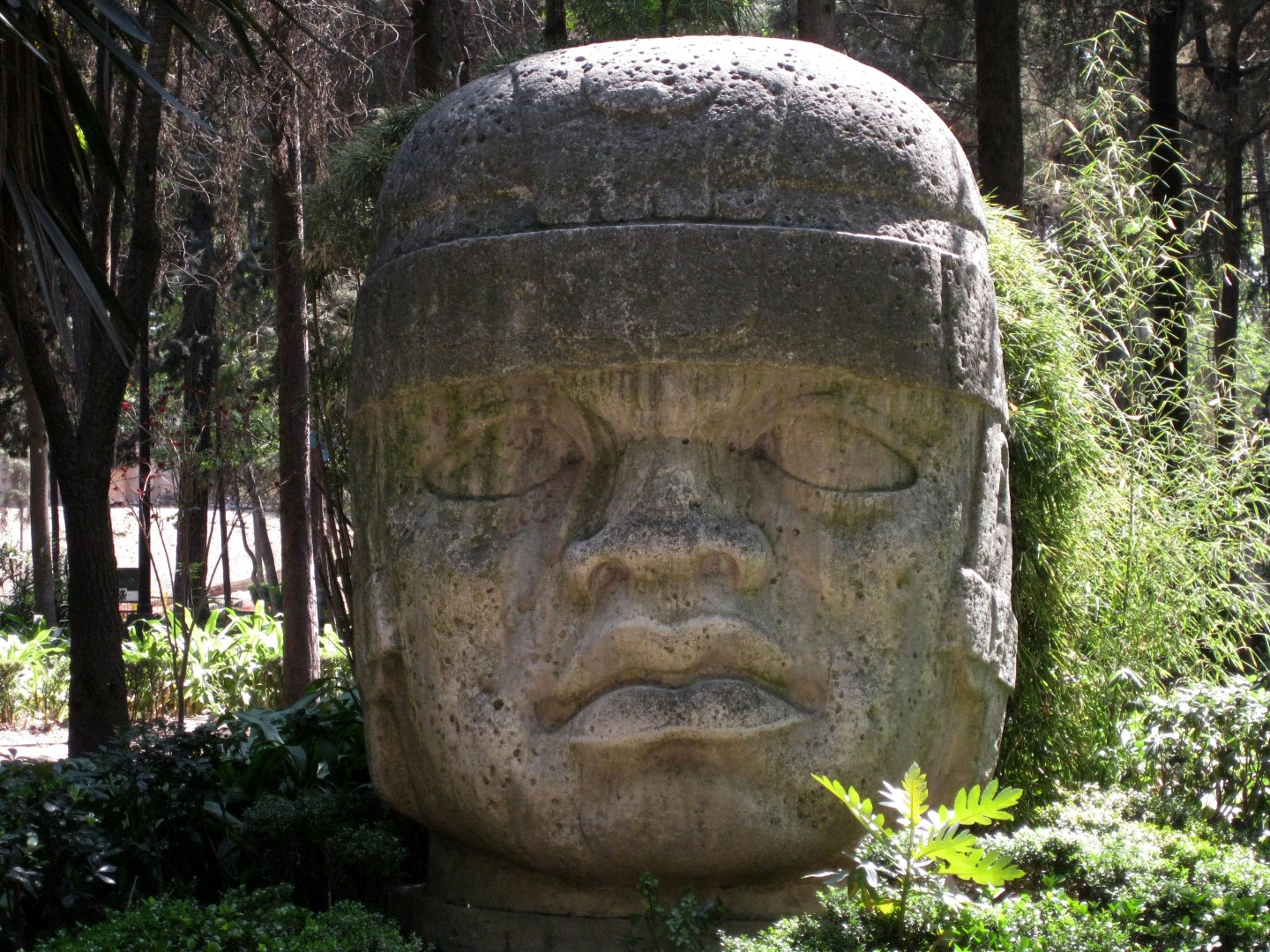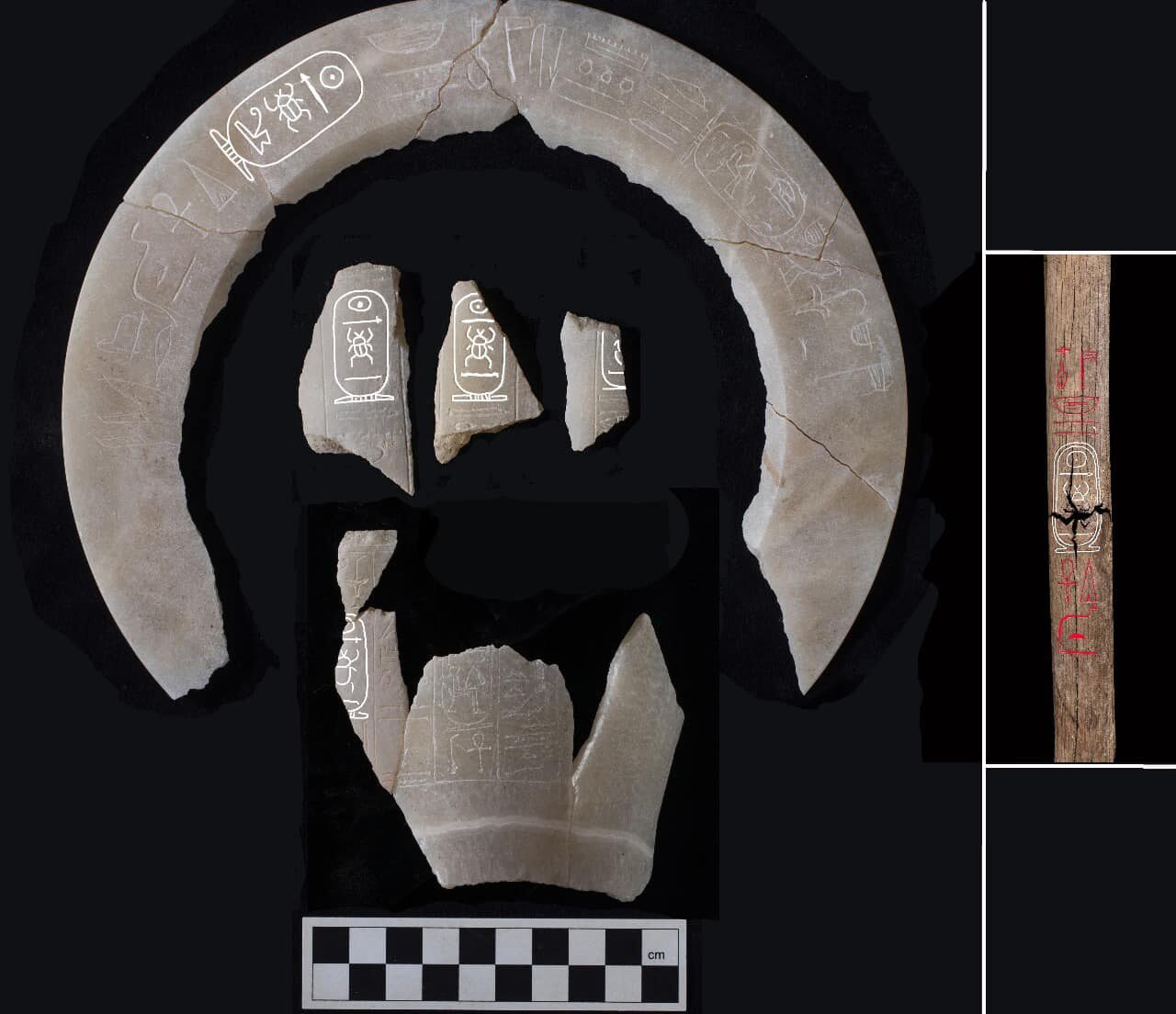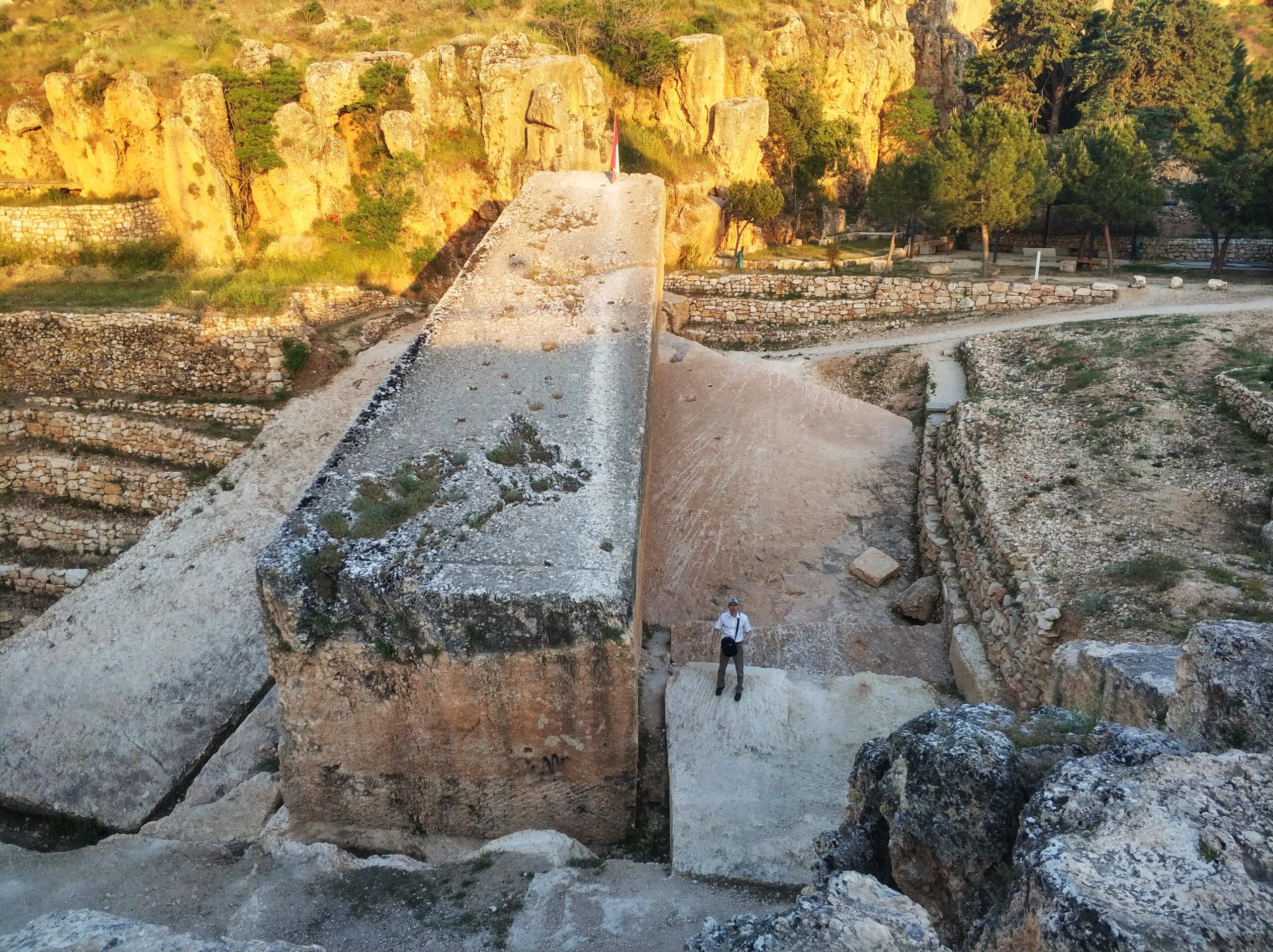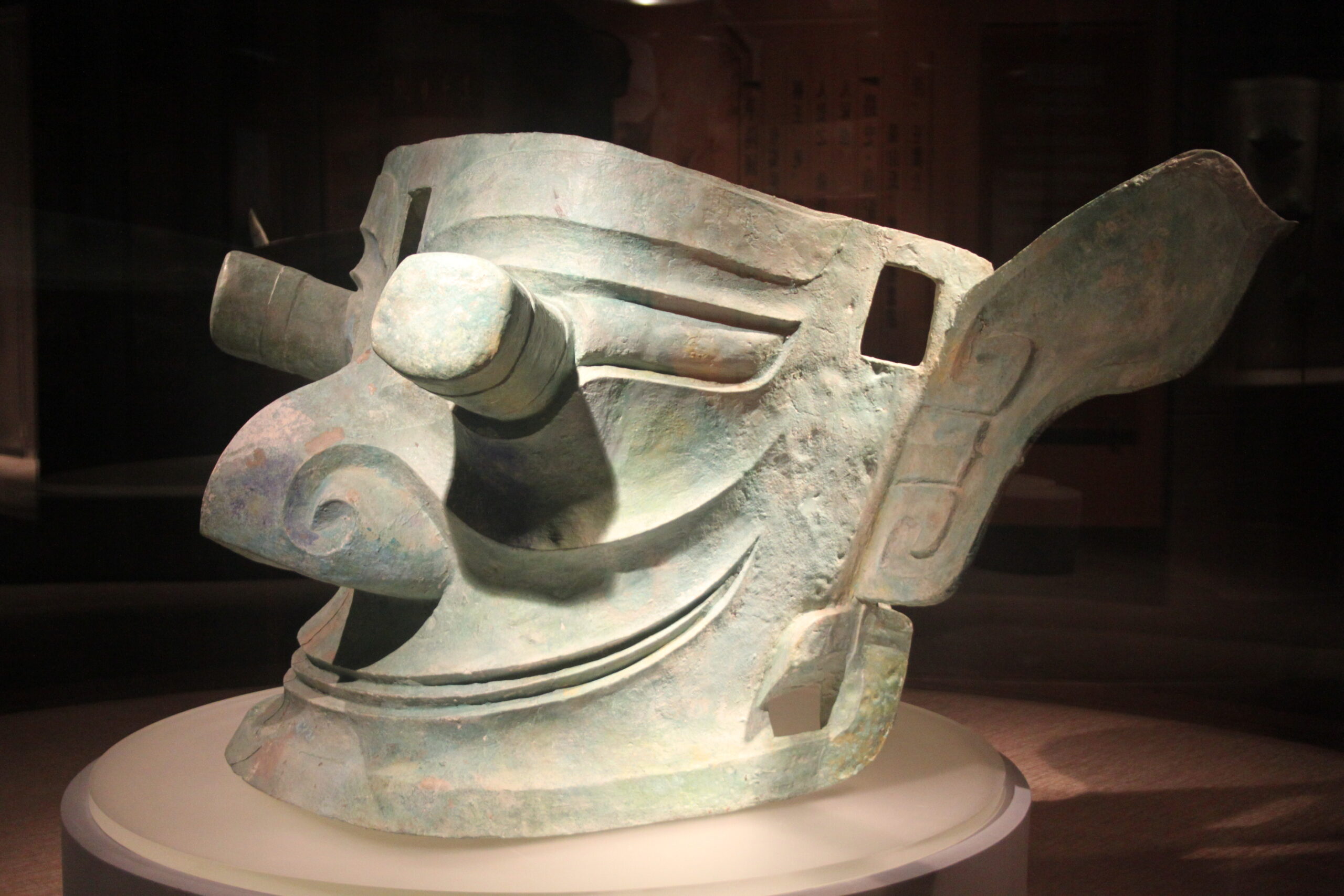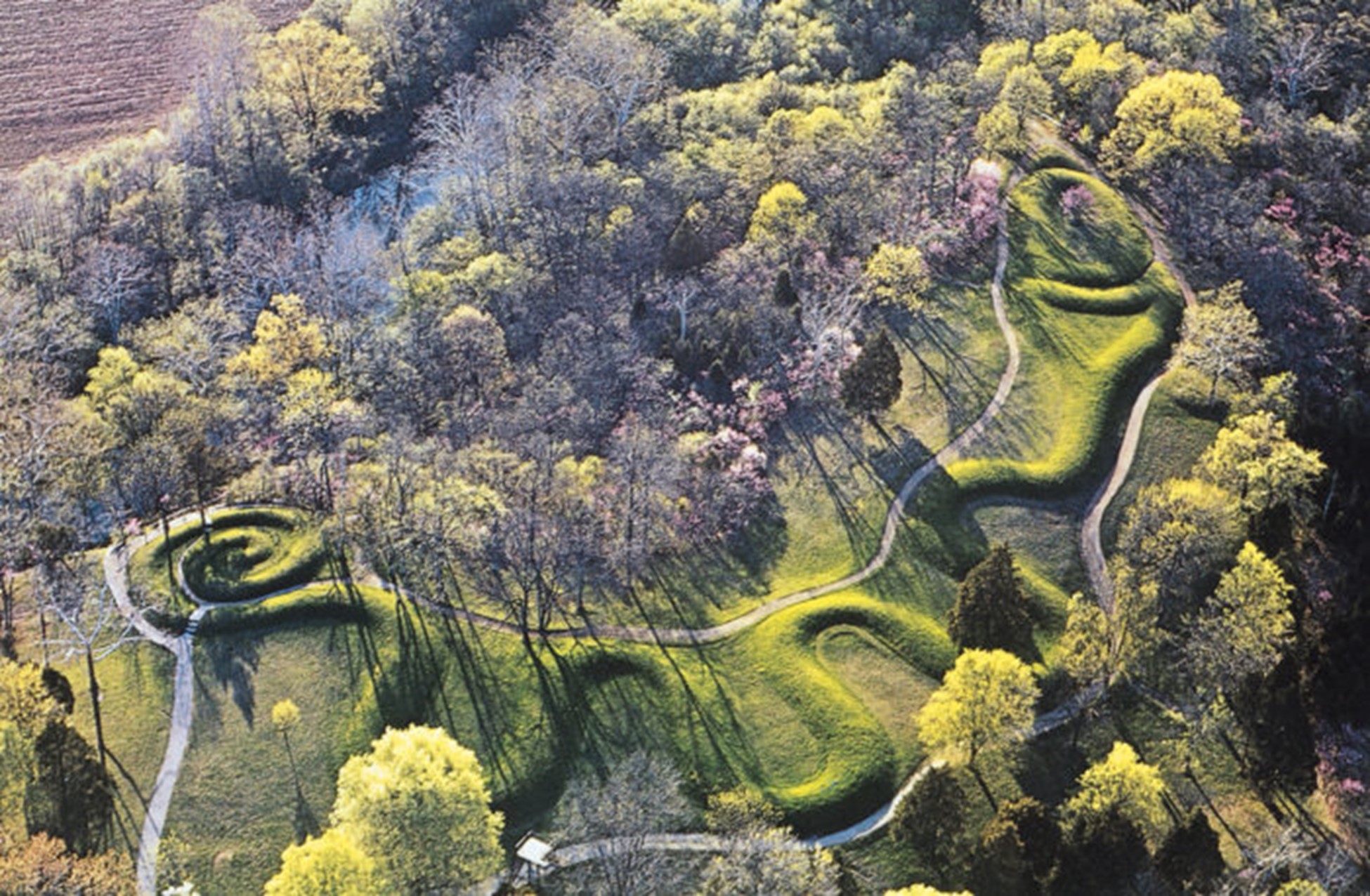
In southern Ohio’s Adams County, Serpent Mound coils across a plateau, a 1,348-foot-long effigy built by Native Americans between 800 BC and 400 AD, per radiocarbon dating by Ohio State University. Discovered in 1848 AD by surveyors Ephraim Squier and Edwin Davis, this giant snake-shaped mound rises three feet high, its seven curves ending in an oval head. Since then, archaeologists have debated its creators and purpose, with no burials or artifacts found beneath it. Today, Serpent Mound stands as a testament to ancient ingenuity, inviting us to ponder its role in North America’s prehistoric past.
Serpent Mound’s Discovery in Ohio
In 1848 AD, Squier and Davis mapped Serpent Mound while surveying Ohio’s ancient sites, publishing their findings in Ancient Monuments of the Mississippi Valley with the Smithsonian Institution. Over months, they measured its 1,348-foot length, noting its precise bends and elevated form atop a plateau near Brush Creek. For centuries, this earthwork lay hidden under forest cover, preserved by the region’s stable soil. Could its builders have left clues nearby? Consequently, their work spotlighted a Native American creation that puzzled 19th-century scholars and beyond.

Building an Ancient Serpent
Between 800 BC and 400 AD, Native Americans shaped Serpent Mound with clay and soil, piling it three feet high across a quarter-mile stretch, per Ohio State University excavations. Around this time, they aligned its head with the summer solstice sunset, as confirmed by astronomer William Romain in 1987 AD studies from Ohio University. Unlike burial mounds, it holds no graves or tools, per digs by Harvard’s Frederic Ward Putnam in 1887 AD. Meanwhile, its scale suggests a community effort over generations. For now, its construction showcases a blend of skill and vision.
A Purpose Etched in Earth
Since 1848 AD, Serpent Mound’s purpose has stirred debate, with theories tied to its form and setting, per the Ohio History Connection. Some, like Romain, link it to celestial events, noting its solstice alignment, per his 2018 AD book Serpent Mound: A New Perspective. Others suggest a spiritual role, perhaps honoring a snake deity, as snakes appear in Hopewell art from 200 BC to 500 AD, per University of Cincinnati studies. Could it mark a ritual path? Alternatively, its isolation hints at a symbolic boundary. Thus, its meaning remains a thoughtful question.

Ohio’s Lasting Echo
Now a National Historic Landmark since 1964 AD, Serpent Mound draws visitors to Adams County, its curves preserved by the Ohio History Connection’s care. Beyond its shape, it offers a glimpse into Native American life, with 2023 AD surveys by Miami University refining its 800 BC to 400 AD timeline. Since Squier and Davis’s time, it has inspired research and pride in Ohio’s heritage. Ultimately, this 1,348-foot effigy endures as a quiet witness to a past we’re still piecing together.



